18 Clear Signs You Grew Up In A Cold War-Era Household
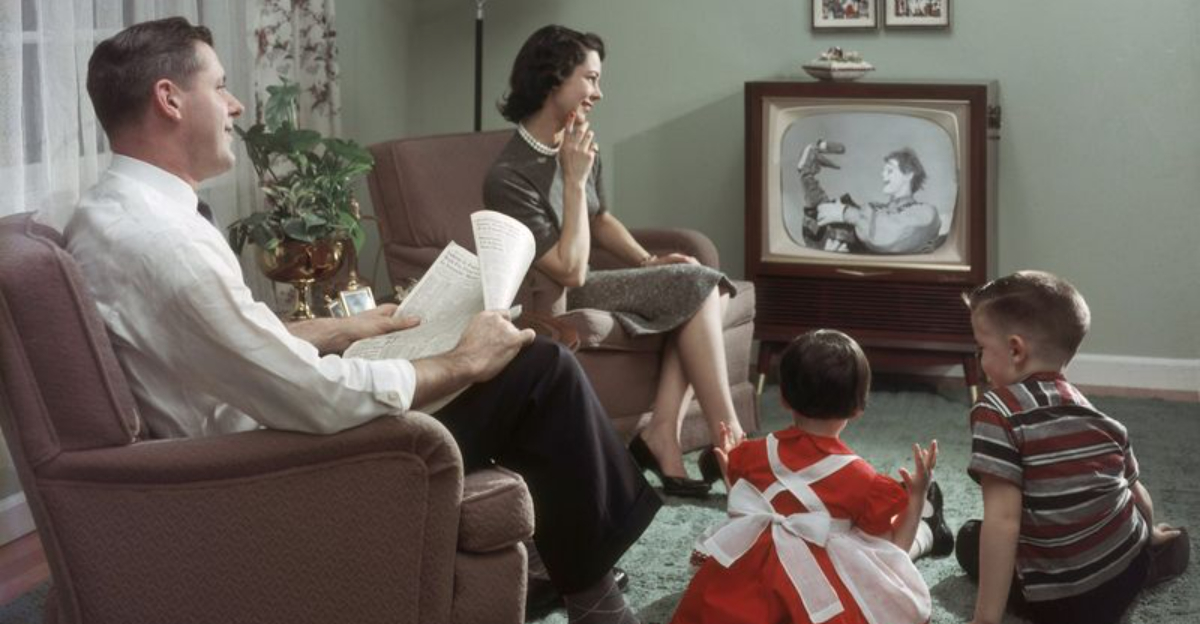
Growing up during the Cold War wasn’t just about history books and spy thrillers—it was living with one eye on the TV and the other on the fallout shelter (or at least the basement stocked with enough canned beans to survive a nuclear winter).
The tension was baked into everyday life like Jell-O with mystery fruit. You probably remember the blaring emergency broadcasts that made your heart race, or those oddly cheerful “duck and cover” drills that had you hiding under desks as if a wooden tabletop could save you from the big one.
Family dinners might include casual chatter about missile ranges or who had the better space program. And let’s not forget the ever-present hum of the radio, offering updates sandwiched between doo-wop hits and public service announcements.
If your childhood included bomb shelter brochures, spy movie marathons, and an uneasy fascination with mushroom clouds, congratulations—you survived the Cold War era, Cold War kid!
1. You Had a “Fallout Shelter” Plan
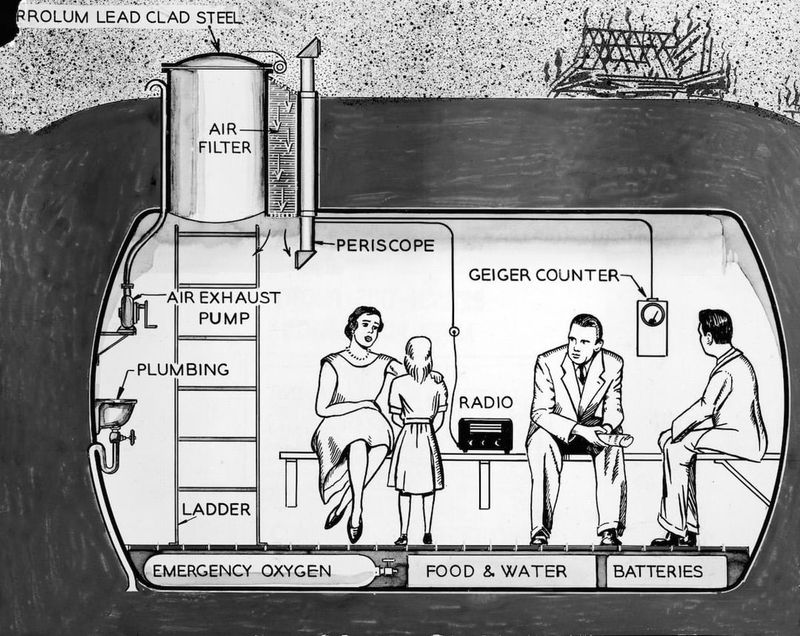
From the moment you could toddle, you were initiated into the family’s top-secret plan: Operation “Fallout Shelter.” Whether it meant heading to the basement or just underneath the sturdiest table, everyone knew their role in this nuclear family drama.
No one questioned the logic of a table being a fortress against atomic blasts. But hey, you were ready to duck and cover with the best of them! In school, you even practiced the route to the hallway for safety drills — because nothing says security like cinderblock walls.
It was all part of a surreal routine that seemed strangely normal at the time. Today, it’s a reminder of how creativity and caution blended in an era of uncertainty.
2. There Were Cans… So Many Cans

Your family’s pantry was like a mini Fort Knox, but instead of gold, it was stocked with canned goods. Tuna, beans, and powdered milk were the holy trinity of your survival strategy. Those shelves groaned under the weight of enough sustenance to last through a nuclear winter — or at least until the next grocery run.
It wasn’t just about being prepared; it was a lifestyle. The clatter of cans was the sweet sound of security, each one a metal promise against the unknown.
And who could forget the creative recipes that emerged from this stockpile? Canned peaches in Jell-O, anyone? Yum! It was a culinary adventure that kept your taste buds guessing, even if the world was on edge.
3. Your Parents Watched the News Like It Was a Thriller

Walter Cronkite was the star of the nightly thriller that played out in your living room. As the clock struck seven, your parents would gather around the TV with a seriousness that rivaled a state dinner. The evening news was more than just information; it was a pulse check on the world’s stability.
Would there be peace, or was it time to go full bunker-mode? Each broadcast was a cliffhanger that left everyone glued to the screen.
You’d sit there, absorbing every word, even if you didn’t fully grasp the gravity of it all. It was as if the news anchor held the fate of nations in his steady, trustworthy gaze. Those were the days when current events felt current, and every headline seemed personal.
4. You Practiced Duck and Cover in School
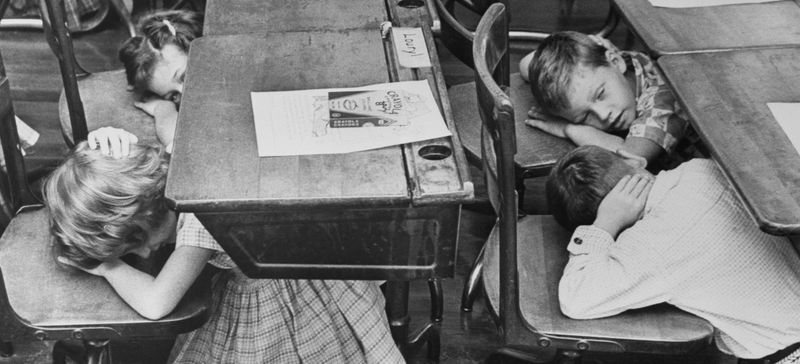
Ah, the age-old tradition of duck and cover drills — a staple in every Cold War kid’s education. Once the teacher announced the drill, you’d hit the deck faster than a cat on a hot tin roof. Underneath those wooden desks, you found a world of chewing gum, lost pencils, and questionable assurances of safety.
The irony of hiding from a nuclear blast wasn’t lost on you, even then. But hey, it was the thought that counted, right?
With knees tucked and hands over heads, you formed a human shield against the unthinkable. It was a bizarre blend of fear and fun, as you peeked at your classmates through a fortress of elbows. Who knew that safety could be so… cramped?
5. You Knew What the Emergency Broadcast Signal Meant
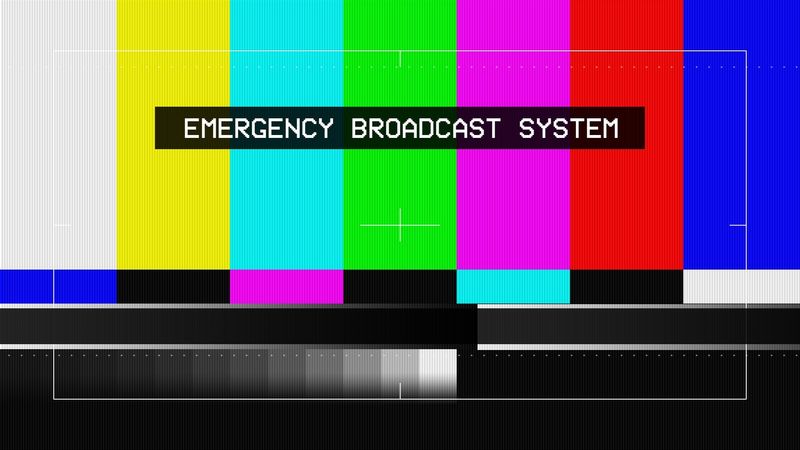
The piercing tones of the Emergency Broadcast Signal were as familiar as your morning alarm. When those beeps cut through the airwaves, a chill would run down your spine, followed by the comforting words, “This is only a test.” It was a symphony of suspense, where even the static was laden with tension.
Everyone knew what those sounds meant — or rather, what they could mean. Conversations would pause, and all ears would tune in, waiting for the next cue. Those broadcasts were like the voice of an unseen conductor, orchestrating the delicate balance between vigilance and calm.
It taught you to expect the unexpected, and that sometimes, being ready was half the battle.
6. Someone Always Talked About “The Russians”
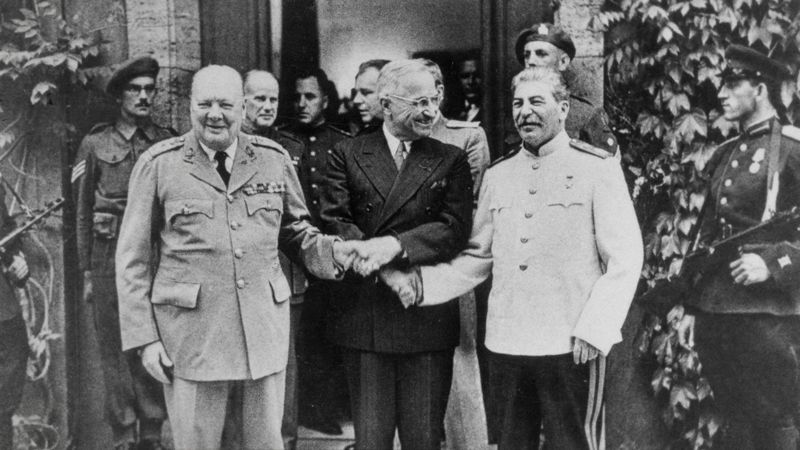
In your household, mentioning “The Russians” was like invoking a mystical, omnipresent force. Be it a casual breakfast or a serious dinner discussion, “The Russians” always found their way into conversation. It was as if they were the neighbors you’d never met but heard so much about.
Your dad, with the newspaper spread before him, would mutter about their latest antics, shaking his head as if in a private dialogue. To a child, it was like watching a spy novel unfold in real-time.
“The Russians” were both villain and rival, the shadowy figures on the other side of the Iron Curtain. It was a reminder that the world was vast and full of different perspectives, even if some seemed perpetually at odds.
7. Your Family Had a “Go Bag” Before That Was a Thing
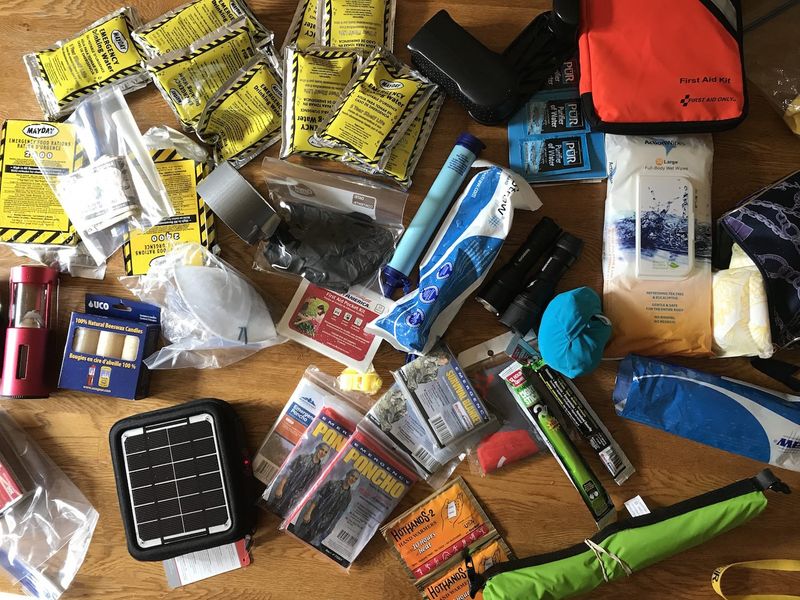
Long before the term “prepper” hit the mainstream, your family had a “Go Bag” stashed away for emergencies. Packed with essentials like a flashlight, batteries, and bottled water, it was the household’s security blanket.
There was even a makeshift Geiger counter, just in case things got really radioactive. You might not have known what half the items were for, but they were there, offering silent reassurance. Whenever tensions flared, your parents would casually mention the bag, as though it were a trusted family friend.
It was the unsung hero of readiness, whispering promises of safety amidst uncertainty. Today, it’s a testament to a time when being prepared wasn’t just practical — it was personal.
8. You Owned a Globe… and Actually Used It
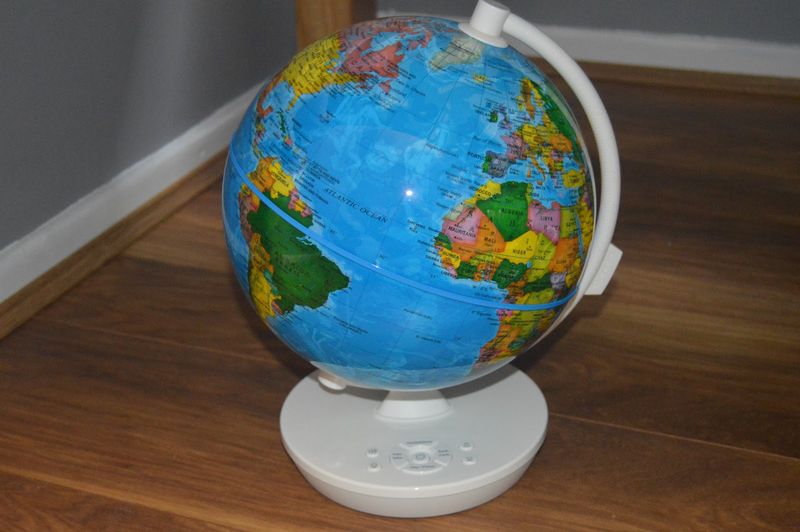
In your Cold War-era household, the globe wasn’t just a decorative piece; it was a tactical tool. Whenever tensions flared, out came the globe, spinning under curious fingers. Cuba, East Germany, and countless other hotspots were traced and retraced as your family followed the news.
It was geography by necessity, with a side of intrigue. The globe served as a reminder of the world’s vastness and the delicate dance of geopolitics. It wasn’t just about knowing where countries were; it was about understanding their roles in the great global chess game.
Each spin was a lesson, a peek into the interconnected web of alliances and rivalries. It was education wrapped in a world of wonder, fostering curiosity in a time of caution.
9. You Had at Least One Parent Who Mentioned “The Commies”
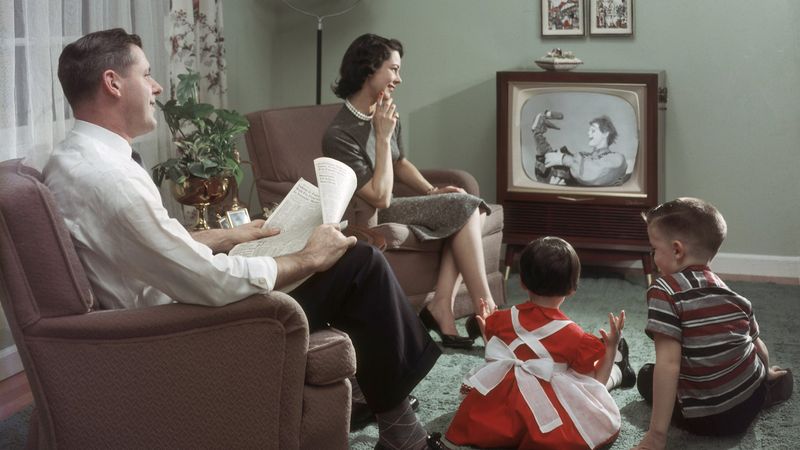
Ah, “The Commies” — a term that rolled off tongues as easily as a morning greeting in your household. At least one of your parents likely invoked this phrase with a mix of disdain and intrigue, as if discussing an old acquaintance.
Conversations over coffee frequently involved eye-rolling commentary about their perceived antics. To a child, “The Commies” seemed like mythical figures shrouded in mystery. It was a catch-all term that encapsulated the era’s ideological battle, painting a picture of us versus them.
The phrase carried weight, sparking curiosity about a world divided by more than just oceans. Today, it’s a nostalgic nod to a bygone era of intense ideological rivalry, wrapped in the comfort of familial banter.
10. You Remember When Everyone Knew the DEFCON Levels
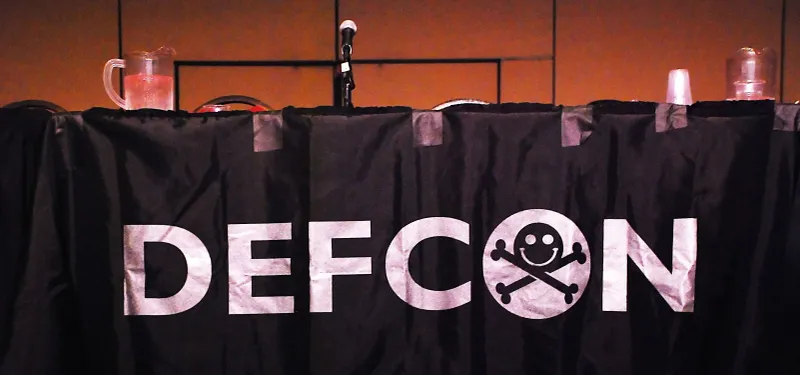
In the Cold War household, knowing the DEFCON levels was as common as knowing the weather forecast. DEFCON 5 meant you could breathe easy, while DEFCON 1 was the stuff of nightmares. It was a color-coded countdown to chaos, and everyone seemed to have an opinion on where the world stood.
Your parents might have explained it over dinner, pointing to a chart like meteorologists predicting storms. It was another layer of security — or anxiety, depending on the day.
Understanding DEFCON was like having a secret decoder ring for global politics, a way to measure the intensity of invisible threats. It was a surreal blend of fear and fascination, a reminder that the world was always on the brink of something.
11. You Had a Weird Awareness of Missiles

Growing up, the concept of missiles was as familiar as your backyard swing set. Conversations about ICBMs and silos weren’t unusual; they were dinner table dialogue. Your dad might have pointed skyward, explaining trajectories with a seriousness usually reserved for discussing the weather.
It was an odd blend of reality and imagination, where missiles lurked in the periphery of everyday life. These discussions weren’t meant to scare but to inform, creating a peculiar sense of awareness about global threats.
It was a time when learning about “first strike” strategies came as naturally as talking about baseball. Today, it’s a testament to how deeply the arms race permeated domestic life, shaping a generation’s understanding of conflict.
12. You Were Warned About Talking to Strangers… Because They Might Be Spies
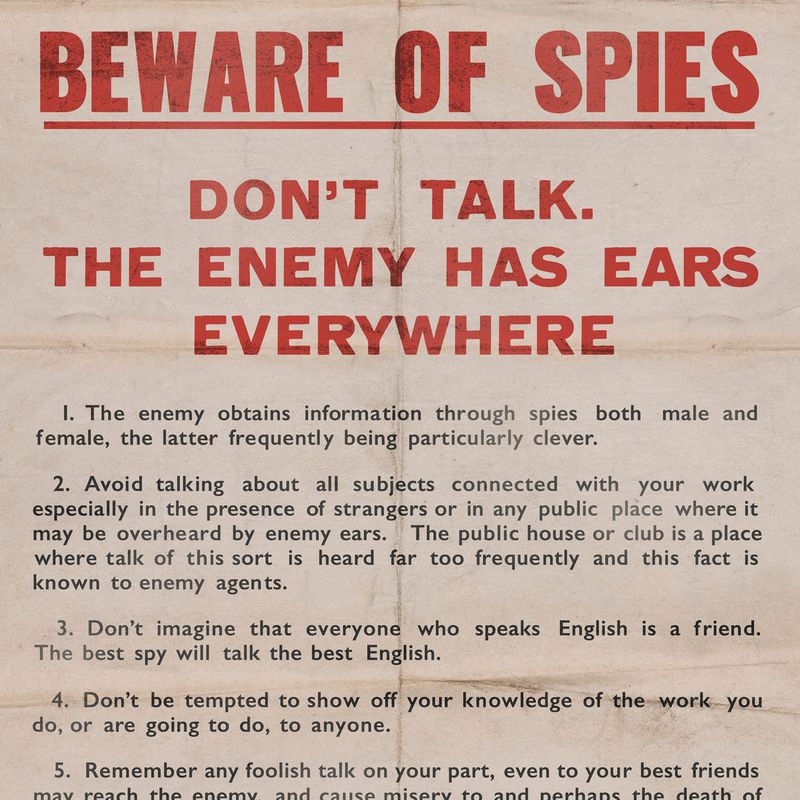
In a Cold War household, “stranger danger” had an extra twist — spies. Your parents cautioned you about talking to strangers, warning that they might be more than they seemed. It added a layer of intrigue to every encounter, turning the playground into a potential spy thriller.
To a child, it was like living in a James Bond movie, with espionage lurking around every corner. The idea of spies was both thrilling and terrifying, a reminder of the unseen battles waged in shadows.
It was a lesson in vigilance, teaching you to be cautious but curious, aware of the world’s complexities. Today, it’s a nostalgic nod to an era when even the most mundane interactions carried a hint of mystery.
13. You Knew the Word “Propaganda” Before You Could Spell It
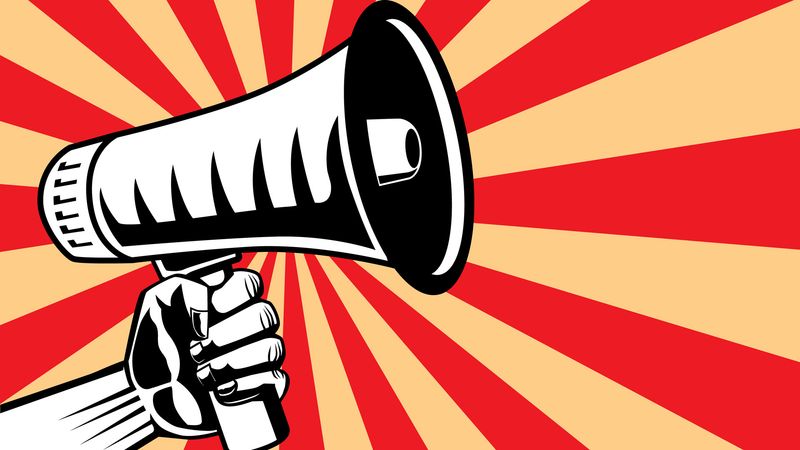
Before you could spell ‘propaganda,’ you understood its essence. It was the silent force shaping perceptions, an invisible hand guiding public opinion. In your household, it was a frequent topic, dissected with a mix of skepticism and curiosity.
The television became a window into this world, where public service announcements were scrutinized for hidden messages. Understanding propaganda was like spotting the strings in a puppet show, deciphering motives behind every move. It was a lesson in critical thinking, fostering a healthy skepticism towards information.
This early awareness cultivated a questioning mind, eager to peel back layers and uncover truths. Today, it’s a reminder of the era’s information battles, where the war of words was just as important as any other.
14. You Watched Cartoons About Nuclear War… Seriously
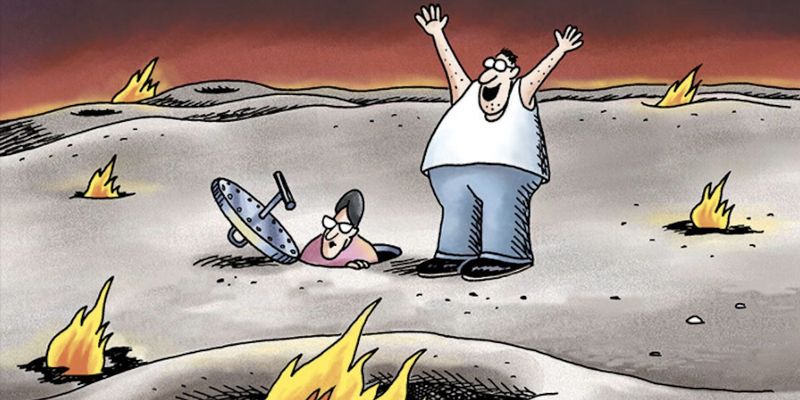
In the Cold War era, even cartoons weren’t safe from the looming shadow of nuclear conflict. Shows that began with cheerful melodies often segued into darker themes, exploring the specter of war. As a child, it was a strange juxtaposition — the innocence of animation meeting the harsh realities of geopolitics.
Your parents would join in, interpreting the allegories and discussing their implications. It was a surreal mix of education and entertainment, blending storytelling with sobering truths.
These cartoons weren’t just for laughs; they were conversation starters, prompting discussions about peace and conflict. Today, they stand as cultural artifacts, capturing the zeitgeist of a time when even leisure carried an undercurrent of caution.
15. You Had a Map of “Free” vs. “Oppressed” Countries
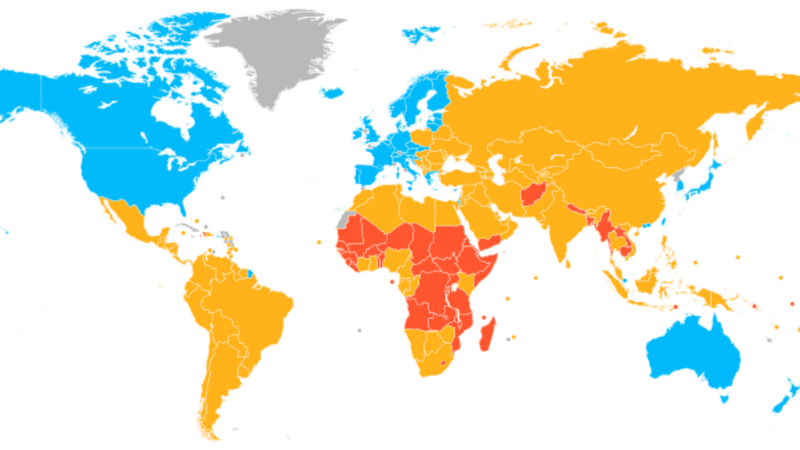
Maps in your household weren’t just for geography lessons; they were ideological battlegrounds. Each was marked with countries labeled as “free” or “oppressed,” a visual representation of the era’s ideological divides. It was a nuanced art piece, mapping freedom not just in terms of land, but of ideals.
To a child, these maps were both simple and complex, sparking curiosity about the world’s political landscapes. They were conversation starters, encouraging questions about why some places were colored differently.
Understanding these maps was like peering through a lens tinted by ideology, offering a glimpse of global dynamics. Today, they’re a nostalgic reminder of a time when worldviews were painted in stark contrasts, a testament to the era’s ideological fervor.
16. You Knew What the Iron Curtain Was… But Not Why It Was “Iron”
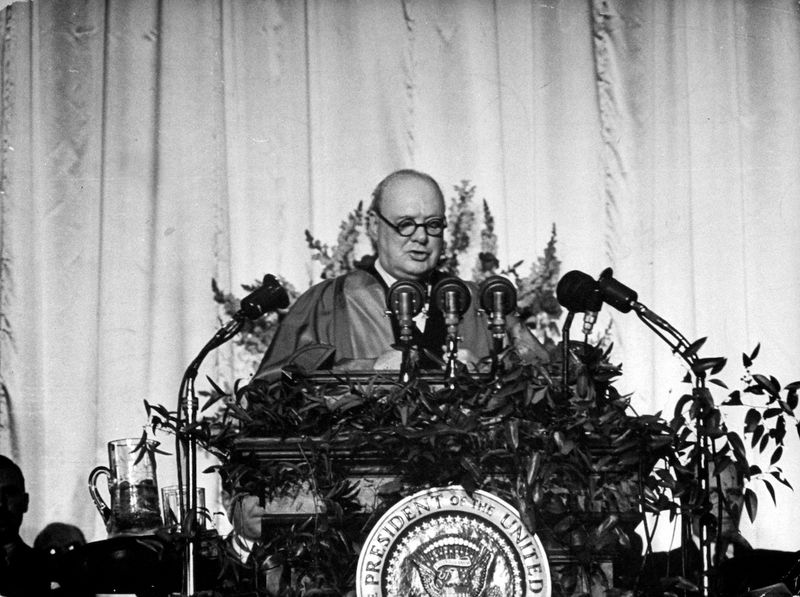
The Iron Curtain — a term as heavy as its metaphorical material. In your household, it was part of the daily vernacular, a constant reminder of the divide between East and West. But why ‘iron’? That was the mystery.
To a child, it sounded like something out of a fairy tale, a barrier as impenetrable as it was imaginary. It was a concept that sparked imagination, conjuring images of unyielding walls and shadowy borders. Understanding it was like piecing together a puzzle, where the picture was never quite complete.
Today, it remains a symbol of the era’s ideological divide, a term that encapsulates the tension and intrigue of a world split in two.
17. You Were Told to Trust No One — Especially the Government

In the Cold War household, trust was a rare commodity, especially when it came to authority. Your parents likely instilled a healthy skepticism towards the government, reminding you that vigilance was key. It was a lesson wrapped in caution, teaching you to question motives and read between the lines.
To a child, it was like living in a spy novel, where trust was elusive and secrets abounded. It was a balancing act, maintaining faith in the system while acknowledging its flaws.
This wariness wasn’t just paranoia; it was a survival skill, fostering critical thinking and independence. Today, it’s a nostalgic nod to an era of intrigue and suspicion, a testament to the complexities of trust in tumultuous times.
18. You Grew Up Half Expecting the World to End, But Still Had to Do Homework
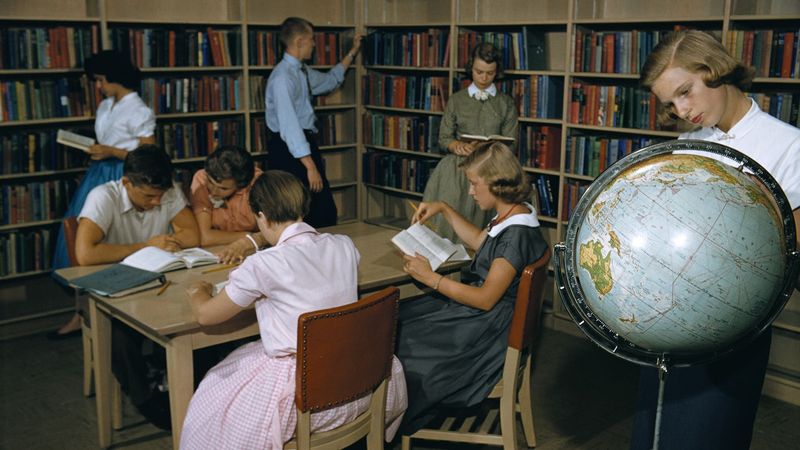
Living in the shadow of potential apocalypse was part and parcel of your Cold War upbringing. The looming threat of nuclear annihilation was a backdrop to everyday life, a constant hum of uncertainty. Yet, despite the existential dread, life marched on.
Homework still needed doing, chores remained unyielding, and bedtime was non-negotiable. It was a bizarre normalcy, where the mundane persisted amidst monumental stakes. This paradox taught resilience, the ability to carry on despite chaos.
As a child, it was like having one foot in fantasy and the other in reality, a balancing act of epic proportions. Today, it’s a testament to the era’s surreal blend of fear and fortitude, a reminder that life’s routine often persists, even in the face of the unimaginable.
